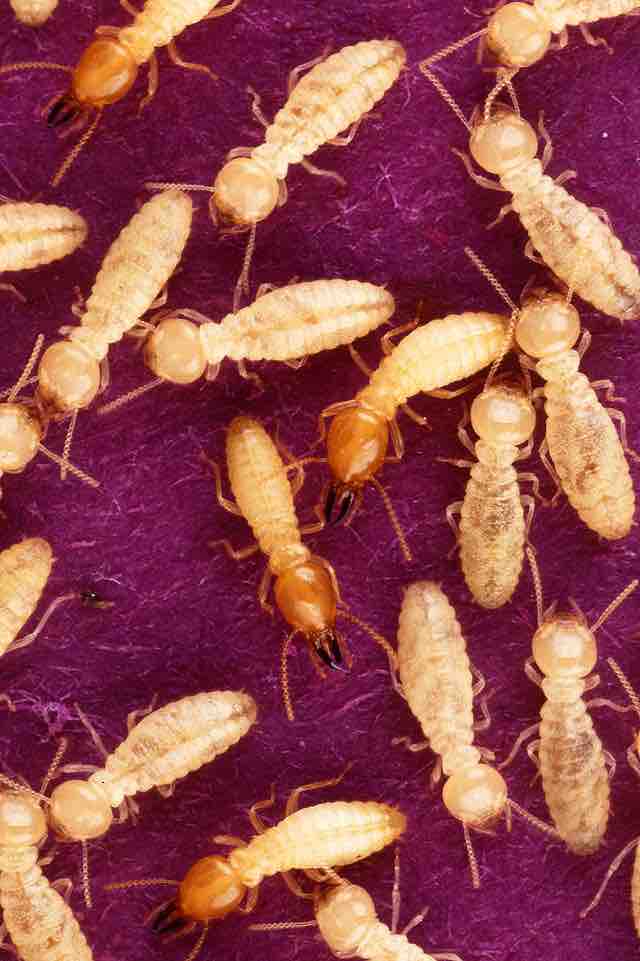Syntrophy or cross feeding is when one species lives off the products of another species. A frequently cited example of syntrophy are methanogenic archaea bacteria and their partner bacteria that perform anaerobic fermentation.
Methanogenesis in microbes is a form of anaerobic respiration, performed by bacteria in the domain Archaea. Unlike other microorganisms, methanogens do not use oxygen to respire; but rather oxygen inhibits the growth of methanogens. In methanogenesis, carbon is used as the terminal electron receptor instead of oxygen. Although there are a variety of potential carbon based compounds that are used as electron receptors, the two best described pathways involve the use of carbon dioxide and acetic acid as terminal electron acceptors.
Acetic Acid:
Carbon Dioxide:
Many methanogenic bacteria that live in close association with bacteria produce fermentation products such as fatty acids longer than two carbon atoms, alcohols longer than one carbon atom, and branched chain and aromatic fatty acids. These products cannot be used in methanogenesis. Partner bacteria of the methanogenic archea therefore process these products. By oxydizing them to acetate, they allow them to be used in methanogenesis.
Methanogenic bacteria are important in the decomposition of biomass in most ecosystems. Only methanogenesis and fermentation can occur in the absence of electron acceptors other than carbon. Fermentation only allows the breakdown of larger organic compounds, and produces small organic compounds that can be used in methanogenesis. The semi-final products of decay (hydrogen, small organics, and carbon dioxide) are then removed by methanogenesis. Without methanogenesis, a great deal of carbon (in the form of fermentation products) would accumulate in anaerobic environments.
Methanogenic archea bacteria can also form associations with other organisms. For example, they may also associate with protozoans living in the guts of termites. The protozoans break down the cellulose consumed by termites, and release hydrogen, which is then used in methanogenesis .

Methanogenic Bacteria in Termites
Methanogenic bacteria have a syntrophic relationship with protozoans living in the guts of termites. The protozoans break down cellulose, releasing H2 which is then used in methanogenesis.